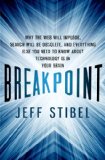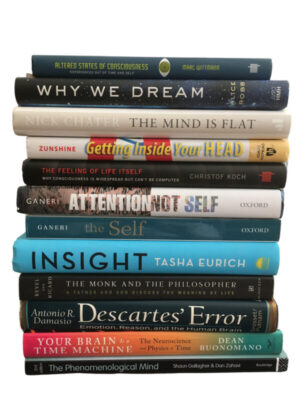new book – ‘Breakpoint: Why the Web Will Implode, Search Will be Obsolete, and Everything Else You Need to Know About Technology Is in Your Brain’ by Jeff Stibel
July 23, 2013
Breakpoint: Why the Web Will Implode, Search Will be Obsolete, and Everything Else You Need to Know about Technology Is in Your Brain by Jeff Stibel (Palgrave Macmillan, 2013)
Book description from the publisher:
We are living in a world in which cows send texts to farmers when they’re in heat, where the most valuable real estate in New York City houses computers, not people, and some of humanity’s greatest works are created by crowds, not individuals.
We are in the midst of a networking revolution–set to transform the way we access the world’s information and the way we connect with one another. Studying biological systems is perhaps the best way to understand such networks, and nature has a lesson for us if we care to listen: bigger is rarely better in the long run. The deadliest creature is the mosquito, not the lion. It is the quality of a network that is important for survival, not the size, and all networks–the human brain, Facebook, Google, even the internet itself–eventually reach a breakpoint and collapse. That’s the bad news. The good news is that reaching a breakpoint can be a step forward, allowing a network to substitute quality for quantity.
In Breakpoint, brain scientist and entrepreneur Jeff Stibel takes readers to the intersection of the brain, biology, and technology. He shows how exceptional companies are using their understanding of the internet’s brain-like powers to create a competitive advantage by building more effective websites, utilizing cloud computing, engaging social media, monetizing effectively, and leveraging a collective consciousness. Indeed, the result of these technologies is a more tightly connected world with capabilities far beyond the sum of our individual minds. Breakpoint offers a fresh and exciting perspective about the future of technology and its effects on all of us.
See also: Author’s website, Book website





